What is the tolerance range of precision screws?
What is the tolerance range of precision screws?
Service Hotline
+86760-8787 8587We have more than ten years of production experience in the screw industry, the main products are: combination set nuts, pin shafts with holes, pull caps, nylon cap nuts, hexagonal shrinkage nuts, riveted fasteners sheet metal, copper embedded Pieces of copper knurled nuts, high-footed hanging nuts, UNC screws, plastic support columns, matching bolts, ingot claw screws, carbon steel grade 12.9 screws, hexagonal blackened bolts, standard spring washers and other fasteners, Due to the different materials and specifications of the products, the prices are also different, please contact us if necessary.


Now people often use spring washers to lock nuts and bolts, spring washers, generally stainless steel and carbon steel non-closed spiral washers, under the nut, above the flat washer, increase the friction between the nut and the bolt, used to prevent The nut is loose to prevent vibration from loosening
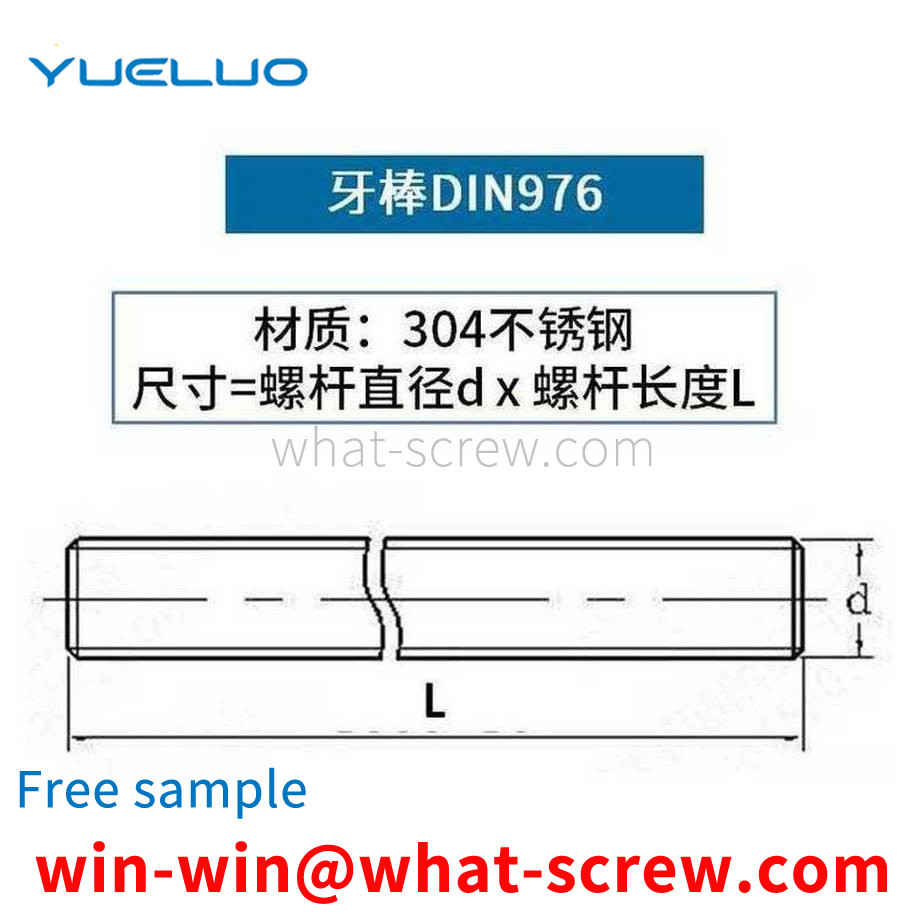
The installation of the pressure riveting nut is exquisite. If the installation method is not correct, the riveting will not be firm after the pressure riveting. For example, one of our customers reported that the nut would fall off after riveting. Our technicians found that many customers hit it with a hammer or other impact methods, because the installation method of the riveting nut will cause pressure. The uneven force of the rivet nut seriously affects the riveting effect. It looks like it is pressed in on the surface, but in fact, the flower teeth of the rivet nut are not riveted with the plate at all, so it is definitely not riveted. To install the rivet nut, you must use special installation equipment, or simply install it with a press and stamping equipment (generally factories will have these simple equipment).
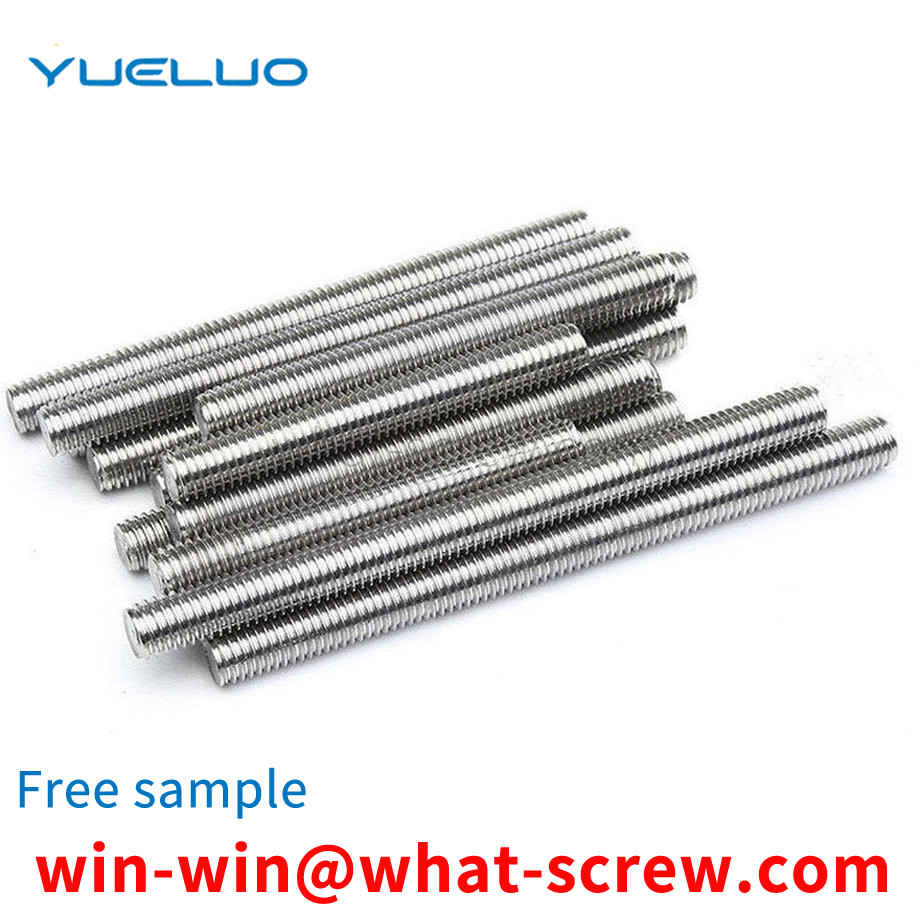
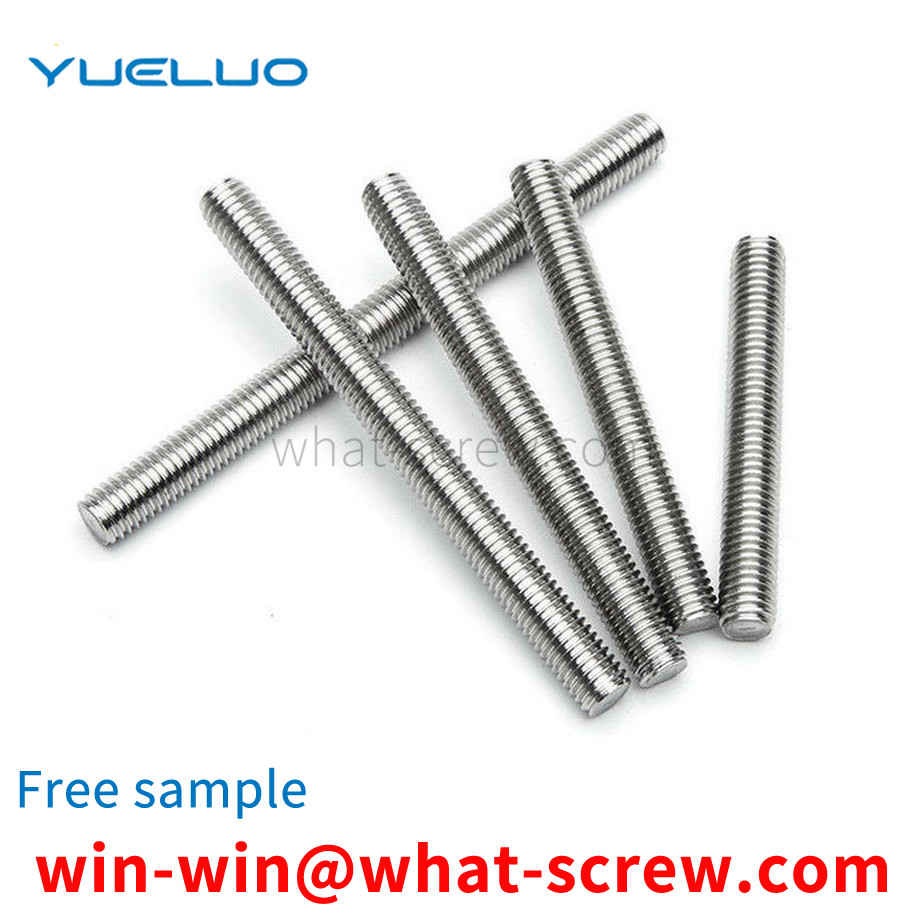
Metric threads are measured in MM (millimeters) and have a cusp angle of 60 degrees. Both US and Imperial threads are measured in inches. The cusp angle of the American thread is also 60 degrees, while the cusp angle of the imperial thread is 55 degrees. Due to the different units of measurement, the representation methods of various threads are also different. For example, M16-2X60 represents a metric thread. His specific meaning is that the nominal diameter of the screw is 16MM, the pitch is 2MM, and the length is 60MM. Another example: 1/4—20X3/4 means the inch thread, what he specifically means is the nominal diameter of the screw It is 1/4 inch (one inch = 25.4MM), there are 20 teeth on one inch, and the length is 3/4 inch. In addition, if you want to express American screws, UNC and UNF are usually added to the back of the British screws to distinguish between American coarse teeth or American fine teeth. In the usual domestic sales business, the most common standards we encounter are GB (National Standard) and DIN (German Standard). In the production of Yaoda, the following standards are mainly encountered: GB30; GB5783; GB5782; GB52; GB6170; GB818; GB819; GB845; GB846; GB70; DIN912; DIN933; It has been replaced by GB5783 (new national standard). GB52 (old national standard) has been replaced by GB6170 (new national standard) in the standard book.
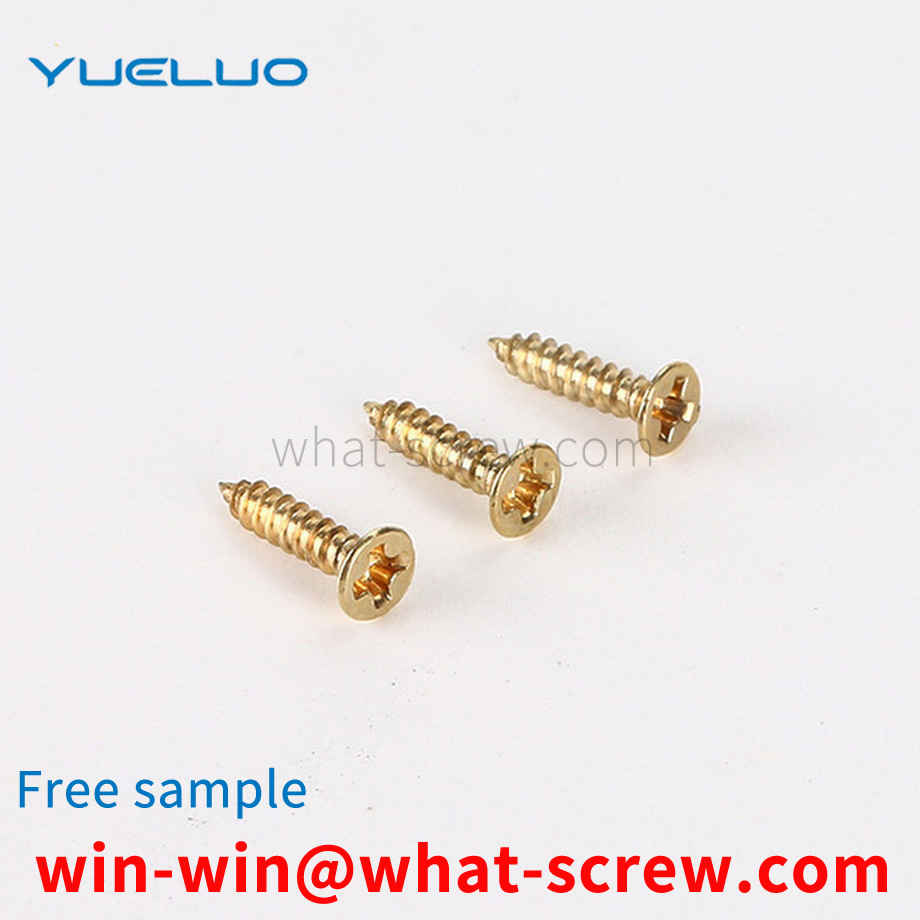
The working principle of the nut is to use the friction between the nut and the bolt for self-locking. However, the reliability of this self-locking is reduced under dynamic loads. In some important occasions, we will take some anti-loosening measures to ensure the reliability of the nut locking. Among them, the use of lock nuts is one of the anti-loosening measures. There are also two types of locking nuts. One is to use two identical nuts to screw on the same bolt, and a tightening torque is added between the two nuts to make the bolt connection reliable. The other is a special lock nut, which needs to be used together with a lock washer. As shown in FIG. 1, a plastic gasket 2 is arranged in the center of the nut 1 to play a locking effect, but the process is complicated and the production is inconvenient. One is to drill through threaded holes from the outer surface of the nut to the inner thread surface (usually 2, distributed at 90 on the outer surface), which are used to screw in small-diameter countersunk head screws. The purpose is to apply a thread to the thread. A centripetal force prevents the lock nut from loosening. At present, the lock nut with better quality on the market is inlaid with small copper pieces that are consistent with the thread of the lock nut on the inner surface of the nut, which is used to prevent the radial jacking screw from directly contacting the locked thread and being damaged. By. This kind of lock nut is gradually applied in the shaft end locking of rotating motion parts, such as the anti-looseness of the bearing at the mounting end of the ball screw. The process is equally complex.
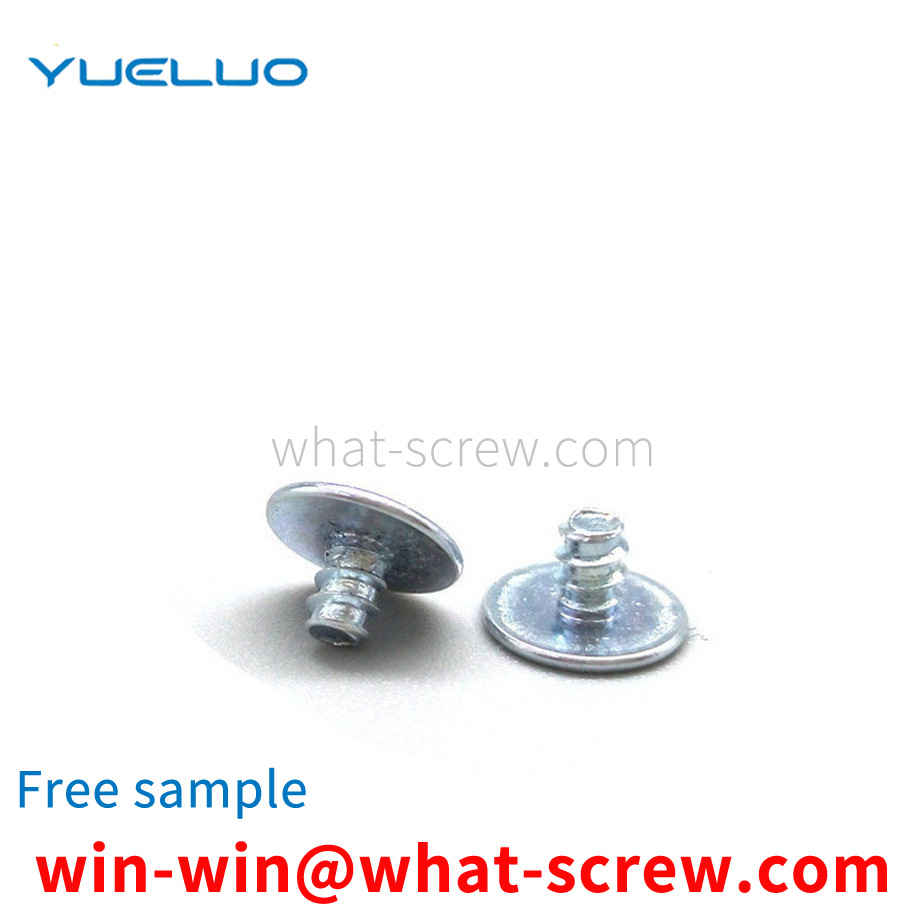
The above content is uploaded by Yueluo or the Internet. If there is any copyright issue, please contact [email protected].

What is the tolerance range of precision screws?

How to choose the right stainless steel screw manufacturer?

Why is there an R angle under the head of the hexagon head s...

We have more than ten years of production experience in the ...

We have more than ten years of experience in the production ...

We have more than ten years of experience in the production ...

We have more than ten years of experience in screw industry ...